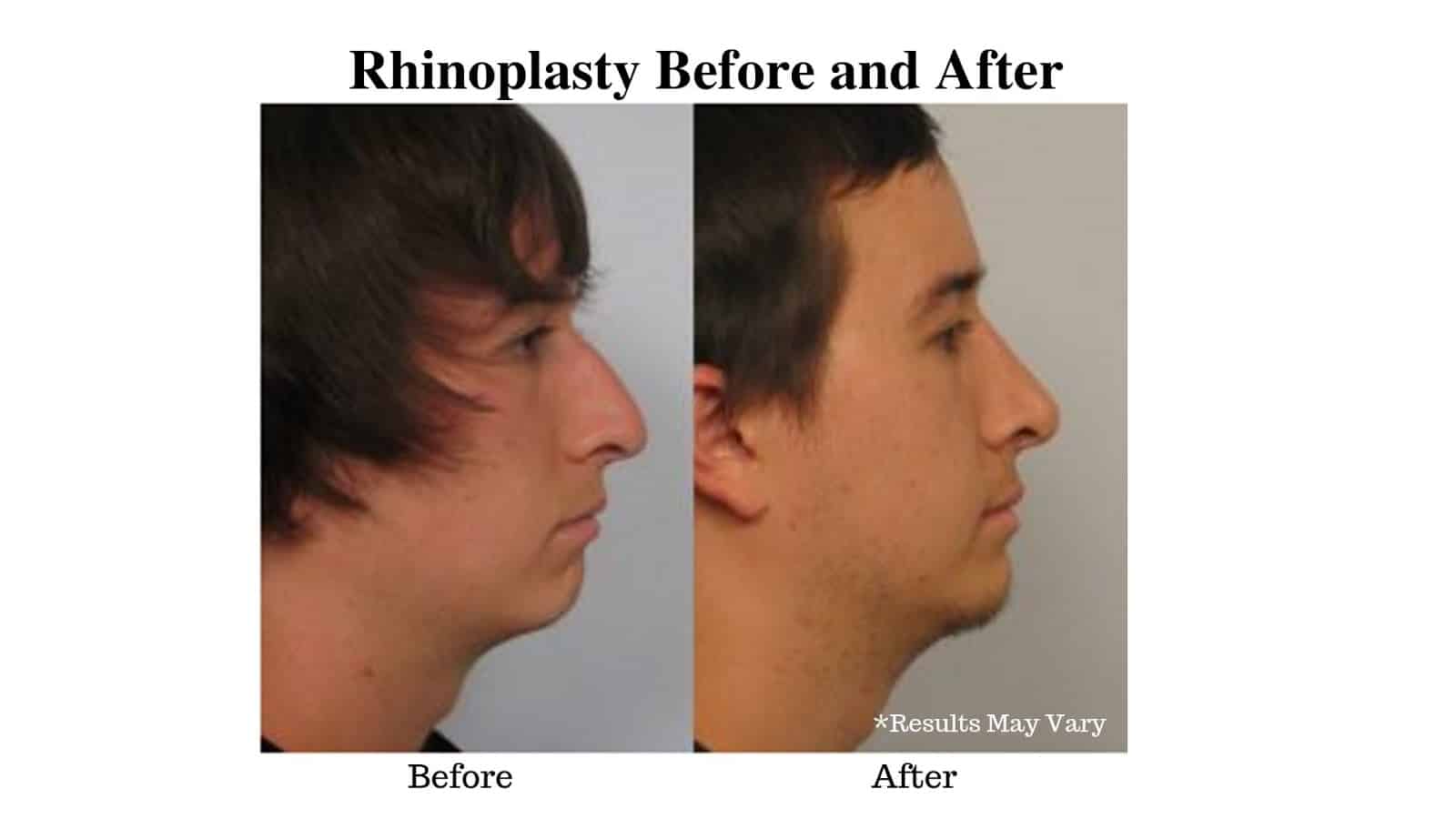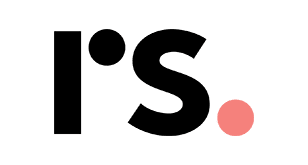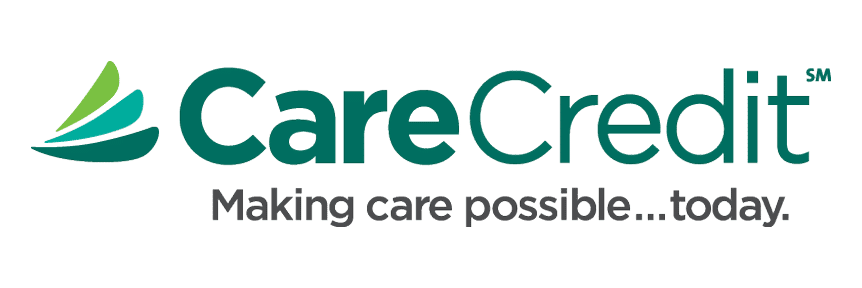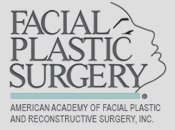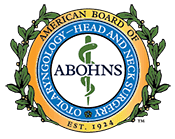Posted September 19, 2019 in Revision Rhinoplasty
Rhinoplasty, or nose surgery, is universally considered to be one of the most challenging and complicated aesthetic cosmetic surgeries.
Though the nose is the center of our face, it should not be the central focus of our face in person or photographs.
The main focus of the face should be the eyes—the nose should complement, not distract from other facial features.
The goal of a well-performed rhinoplasty is to create an aesthetically pleasing nose while maintaining or improving the functional breathing aspects of the nose.
Every nose is uniquely different due to anatomic and ethnic structural distinctions.
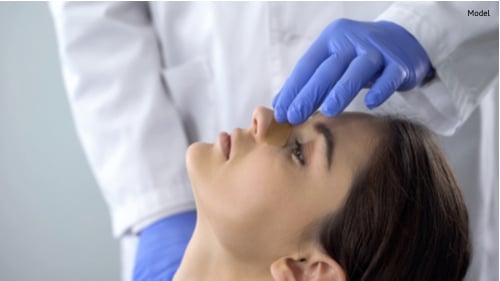
Patients desiring to improve their nose should seek out a skilled, knowledgeable, experienced, and naturally artistic rhinoplasty surgeon. Dr. Persky is an expert in primary (first time) rhinoplasty as well as revision (secondary) rhinoplasty.
Dr. Persky is a board-certified facial plastic surgeon who has performed rhinoplasty and revision rhinoplasty since 1985.
What Is Revision Rhinoplasty?
About 10 percent of rhinoplasty patients are not happy with their results, either because of aesthetics or breathing function.
After primary rhinoplasty, the nose continues to heal over the years. If the proper underlying cartilage and bony skeletal support are not present, then the nose continues to “shrink-wrap” over time, resulting in pinched nostrils, profile and tip irregularities, crookedness, and elevation or drooping of the tip.
Revision rhinoplasty addresses these concerns. Revision rhinoplasty may involve minor to major changes in the nose structure.
Major revision rhinoplasty is difficult because of the scarring and absence of bone and cartilage from the previous surgery. Often times cartilage grafts must be used to restore the beauty and function of the nose.
Why Is Revision Rhinoplasty Sometimes Necessary?
Rhinoplasty is an intricate procedure; revision rhinoplasty is an unfortunate necessity for some patients.
Sometimes issues develop because the surgeon made a technical error due to a lack of skill or training, but issues can also develop when every aspect of the procedure was performed correctly due to variances in how patients heal.
Common reasons for revision rhinoplasty include:
- Pinched nasal tip
- Collapsed nasal valves (nasal obstruction)
- Arched nostrils (alar retraction)
- Nasal obstruction (deviated septum)
- Drooping columella (middle portion of the bottom of the nose)
- Lifted nasal appearance (“piggy nose”)
- Over or under reduction of the nasal bridge (“poly-beak deformity”)
- Insufficient cosmetic change
- Scar tissue
How Do Rhinoplasty and Revision Rhinoplasty Procedures Differ?
Much like your initial rhinoplasty procedure, revision rhinoplasty can be completed through an open (major changes) or closed approach (minimal changes.)
Depending on the reason for revision and the depth of correction needed, the open method may be recommended for enhanced visualization and exact placement and suturing of cartilage grafts.
The degree of surgical change, aesthetic goals, and approach will be discussed during your consultation.
When a cartilage graft is required, the material is typically taken from the nasal septum or ear. If those two locations are not available, cartilage may also be harvested from a rib.
What Should You Know?
The great majority of our revision rhinoplasty patients are extremely happy with their aesthetic and functional results. Unfortunately, not even revision rhinoplasty can guarantee perfect surgical success 100 percent of the time.
Just like any other procedure, revision rhinoplasty still has a risk of needing further correction, which is less than 4 percent in Dr. Persky’s experience.
The recovery for your revision rhinoplasty will be similar to that of your initial procedure.
Patients can expect bruising and swelling for five to seven days, after which your results will start to become apparent.
It can take months for the swelling to completely subside. When performed properly, the nose continues to improve over time.
If you are looking for revision rhinoplasty near you, contact Dr. Persky by calling 818.918.9252 or by filling out our online contact form.

